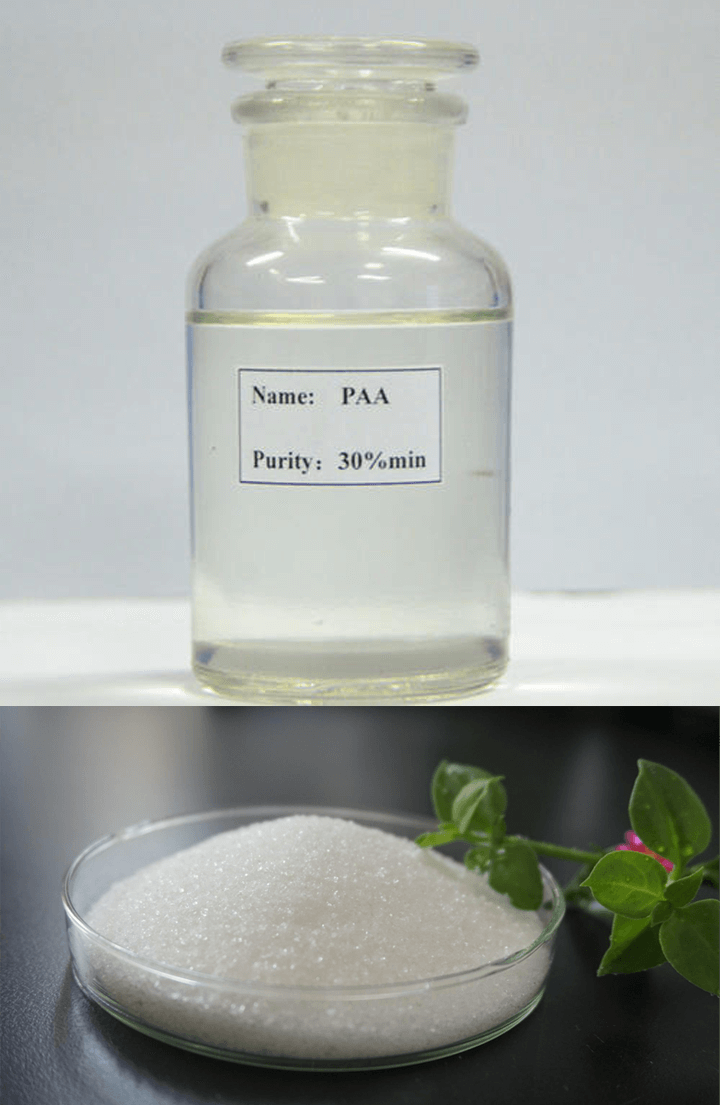What is polyacrylic acid?
Polypropylene (PAA; trade name Carbomer) is a synthetic high
molecular weight propylene polymer. IUPAC is named poly(1-carboxyethylene).
They can be homopolymers of acrylics or cross-linked with acrylics of
pentaerythritol, acrylics of sucrose, or acrylics. In aqueous solutions at
neutral pH, PAAs are anionic polymers, meaning that many of the side chains of
PAAs lose their protons and thus gain loading. This makes PAAs polyelectrolytes
with the ability to absorb and retain water, which can swell to many times
their original volume.
Dry PAAs are sold as white, fluffy powders
and are commonly used as gels in cosmetics and personal care products. Their
cosmetics role is to suspend solids in liquids, prevent emulsions from
separating, and control the flow of cosmetics. The carbomer codes (910, 934,
940, 941, and 934P) indicate the molecular weight and specific composition of
the polymer. In numerous applications, PAA is used in alkali metal or ammonium
salts, such as sodium polyacrylate. The positively charged sodium ion is bound
to the polyacrylate in dry powder form, but in an aqueous solution, the sodium
ion disintegrates. This causes the gel to swell rather than organizing the
polymer chains, which can absorb large amounts of water.
Polypropylene is a weakly anionic
polyelectrolyte, and its degree of ionization depends on the pH of the
solution. In the non-ionized form at low pH, PAA can bind to various non-ionic
polymers (e.g., polyethylene oxide, poly-N-vinyl pyridone, polyacrylamide, and
some cellulose ethers) to form hydrogen-bonded interpolymer complexes. In
aqueous solutions, PAA can also form polymers with oppositely charged polymers
(e.g., chitosan), surfactants, and drug molecules (e.g., streptomycin).
Polyacrylic acid and its derivatives are used in disposable diapers, ion exchange
resins, and adhesive detergents. Detergents are usually copolymers of acrylic
acid and can be used as zeolites and phosphates in detergent formulations. It
is also popular as a thickening, dispersing, suspending, and emulsifying agent
in pharmaceuticals, cosmetics, and coatings. Cross-linked polypropylene is also
used in the processing of household products such as floor cleaners. Acrylic
acid is also a major component of superabsorbent polymers (SAPs), and cross-linked
polyacrylates can absorb and retain more than 100 times their own weight in
liquid.PAA can deactivate the bactericide chlorhexidine gluconate.After
neutralization, polyacrylic acid gels are suitable for biocompatible matrices
that receive medical applications, such as skincare and dermatological
treatment product gels.PAA films can be deposited on orthopedic implants to
avoid corrosion. Cross-linked hydrogels of AA and gelatin are also used as
medical gels with high bond strength. Recent studies have aimed to clarify the
conformational changes of polymeric gels upon neutralization, light exposure,
and embedding of gold nanoparticles to develop polymeric matrices that can
control the rate of delivery of active substances. The FDA has authorized the
use of SAPs in packaging for indirect food contact.

PAA polymers contain a large number of
carboxyl groups (-COOH). As a result, the hydrogen bonds between each chain are
powerful and dissolved in organic solvents such as DMSO and NMP. First, we must
consider the forces that break the hydrogen bonds of the PAA chains. Primary
solvents (H2O, ethanol, etc.) are good sources of protons (H+), so these are
attached to the carboxyl groups. Therefore, all carboxylic acid groups that
acquire protons positively charge, indicating that hydrogen bond breakage
drives the chain. Therefore, solvents for solubilizing PAA polymers are
suitable for using native proton solvents, which can be searched in Google.
Carboxylate polymers are key raw materials
used in industrial water treatment such as boilers, cooling circuits, reverse
osmosis plants, desalination, and sugar evaporators. These polymers are used as
scale inhibitors and dispersants for insoluble solids in the water treatment
industry. We produce various carboxylate polymers such as homopolymers,
copolymers, terpolymers, copolymers, and polymaleic acid for scale inhibitors.
These polymers are synthesized in a fully automated plant through a precisely
controlled process to provide optimal inhibition. In addition to supply, our
applications team guarantees the performance of each material and provides
technical assistance to our customers in product application and formulation.
Synonyms: Polyacrylic Acid (PAA) 50%, Poly
Maleic Acid (PMA), Acrylic Acid-2-Acrylamide-2-Methylpropanesulfonic Acid
Copolymer (AA/AMPS), Sulfonated Polyacrylic Acid Copolymer, AA-AMPS Copolymer,
Sulfonated Acrylic Acid Copolymer, Acrylic Acid Terpolymer, Primary Acrylic
Acid Polymer, Acrylic Acid Homopolymer, Acrylic Acid Copolymer, Polyacrylic
Acid.
if you want to know more about the water treatment
chemicals,Please contact us. We will be happy to
assist you!